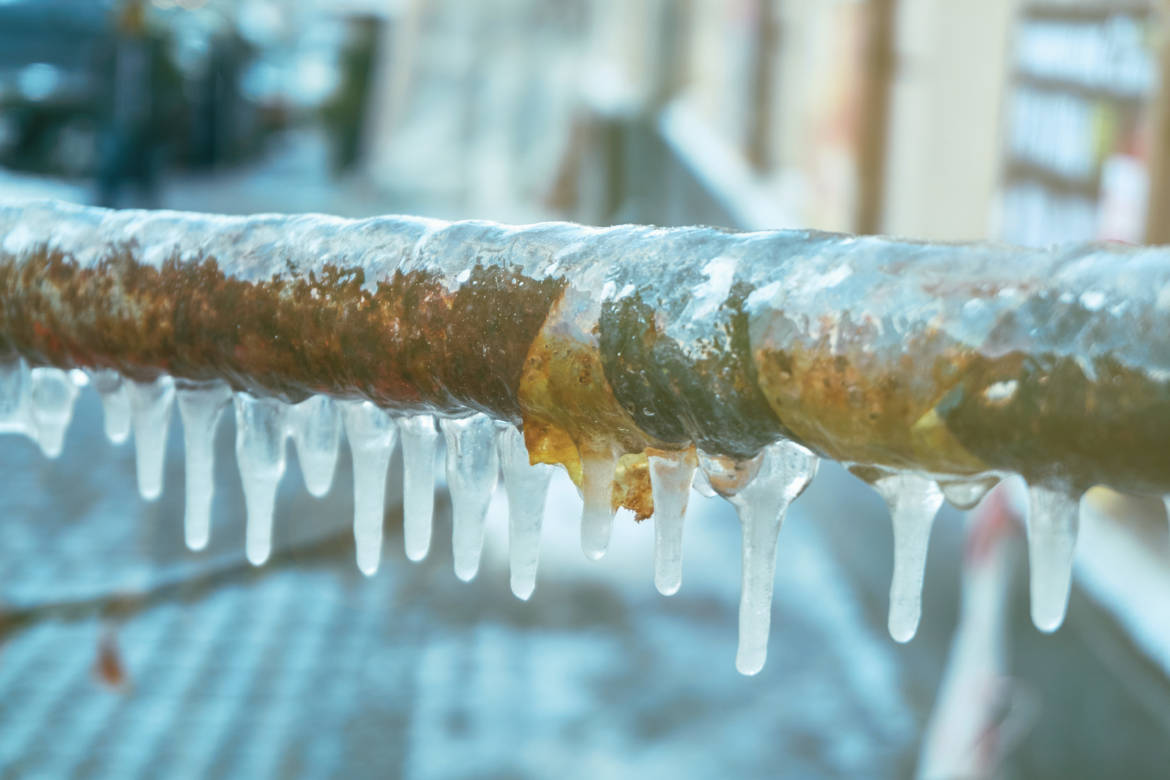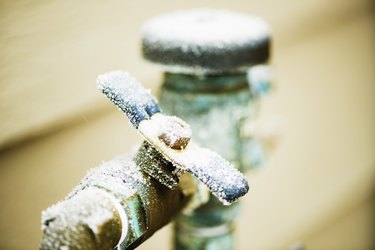What're your ideas with regards to How to Prevent Your Pipes From Freezing?

Winter can wreak havoc on your plumbing, specifically by freezing pipes. Right here's how to stop it from happening and what to do if it does.
Introduction
As temperatures decrease, the danger of icy pipelines rises, possibly leading to costly repairs and water damages. Recognizing just how to prevent frozen pipes is important for house owners in chilly climates.
Prevention Tips
Insulating susceptible pipelines
Cover pipelines in insulation sleeves or use warm tape to protect them from freezing temperature levels. Focus on pipelines in unheated or external locations of the home.
Heating methods
Maintain interior spaces effectively warmed, particularly areas with plumbing. Open up cabinet doors to permit warm air to flow around pipes under sinks.
Just how to recognize frozen pipes
Try to find decreased water circulation from taps, unusual odors or sounds from pipes, and visible frost on revealed pipes.
Long-Term Solutions
Structural adjustments
Take into consideration rerouting pipes far from outside walls or unheated locations. Include added insulation to attics, basements, and crawl spaces.
Upgrading insulation
Buy top notch insulation for pipes, attics, and wall surfaces. Appropriate insulation helps keep constant temperatures and lowers the danger of frozen pipelines.
Shielding Exterior Plumbing
Garden tubes and outside faucets
Separate and drain garden pipes prior to winter months. Mount frost-proof spigots or cover outside faucets with protected caps.
Recognizing Icy Pipes
What creates pipelines to freeze?
Pipes freeze when revealed to temperature levels below 32 ° F (0 ° C) for extended periods. As water inside the pipes freezes, it broadens, taxing the pipe walls and potentially causing them to break.
Threats and problems
Frozen pipes can lead to supply of water disruptions, building damages, and expensive repairs. Ruptured pipes can flooding homes and trigger extensive architectural damage.
Indications of Frozen Pipes
Recognizing frozen pipes early can stop them from bursting.
What to Do If Your Pipes Freeze
Immediate activities to take
If you think icy pipelines, keep taps open to alleviate pressure as the ice melts. Utilize a hairdryer or towels taken in hot water to thaw pipelines slowly.
Final thought
Protecting against icy pipes needs proactive steps and quick reactions. By understanding the reasons, indications, and safety nets, house owners can shield their pipes during cold weather.
5 Ways to Prevent Frozen Pipes
Drain Outdoor Faucets and Disconnect Hoses
First, close the shut-off valve that controls the flow of water in the pipe to your outdoor faucet. Then, head outside to disconnect and drain your hose and open the outdoor faucet to allow the water to completely drain out of the line. Turn off the faucet when done. Finally, head back to the shut-off valve and drain the remaining water inside the pipe into a bucket or container. Additionally, if you have a home irrigation system, you should consider hiring an expert to clear the system of water each year.
Insulate Pipes
One of the best and most cost-effective methods for preventing frozen water pipes is to wrap your pipes with insulation. This is especially important for areas in your home that aren’t exposed to heat, such as an attic. We suggest using foam sleeves, which can typically be found at your local hardware store.
Keep Heat Running at 65
Your pipes are located inside your walls, and the temperature there is much colder than the rest of the house. To prevent your pipes from freezing, The Insurance Information Institute suggests that you keep your home heated to at least 65 degrees, even when traveling. You may want to invest in smart devices that can keep an eye on the temperature in your home while you’re away.
Leave Water Dripping
Moving water — even a small trickle — can prevent ice from forming inside your pipes. When freezing temps are imminent, start a drip of water from all faucets that serve exposed pipes. Leaving a few faucets running will also help relieve pressure inside the pipes and help prevent a rupture if the water inside freezes.
Open Cupboard Doors
Warm your kitchen and bathroom pipes by opening cupboards and vanities. You should also leave your interior doors ajar to help warm air circulate evenly throughout your home.

We had been made aware of that article about Helpful Tips to Prevent Frozen Pipes this Winter through someone on our other web page. Sharing is caring. You never know, you could be doing someone a favor. I value reading our article about How to prepare your home plumbing for winter weather.
Estimate